Colour fields
2021 – 2011
A series of works distinguished by the use of uniform colour fields. The analysis explores the relationship between colour, spatial perception and surface continuity within Cardillo’s interdisciplinary creative practice
Introduction
Antonino Cardillo
In 1824, the student of antiquities Jakob Ignaz Hittorff discovered in Sicily traces of colour on a small temple, among the ruins of the ancient city of Selinunte. He thus hypothesised that the Greek temples could not have been white. Up to then, European society had focused on the historic prejudice of Greek purity, the legitimacy of its action in the world.
This phenomenon of identification still persists today, but this instance of purity does not come from a ‘classical’ past, as those who ‘use’ history to legitimise their actions would have us believe, but it is a consequence of the machine age—a result of the scientific interpretation of the world that finds representation in the science laboratory of the Century of the Enlightenment.
That reveals the nature of the problem: the civilising European instance, which to this day pervades large parts of its ex-colonies, is founded on the primacy of the psychological function of Thought. Thus, in realising that ideal of purity which culminates in the absolutism of the white, modern architecture reveals the pattern of behaviour that moves it.
Polychromy, on the other hand, speaks of the inclusive nature of the ‘classical’. Colour refers to the things of the world: the sea, the land, the forest and the sky. Colour possesses the power of evocation: sequentially and in associations, polychromy renders possible the universal language of architecture.
ArchitekTOUR Kongress, STATION-Berlin, Berlin, 23 Nov. 2017.
Notes
- ^ Jakob Ignaz Hittorff, Restitution du Temple d’Empédocle a Sélinonte, ou l’Architecture Polychrôme chez les Grecs., Librairie de Firmin Didot Frères, Paris, 1851.
- ^ Carl Gustav Jung, Psychologische Typen, Rascher & Cie. Verlag, Zurich, 1921 (Tipi psicologici, Bollati Boringhieri, Turin, 2016).
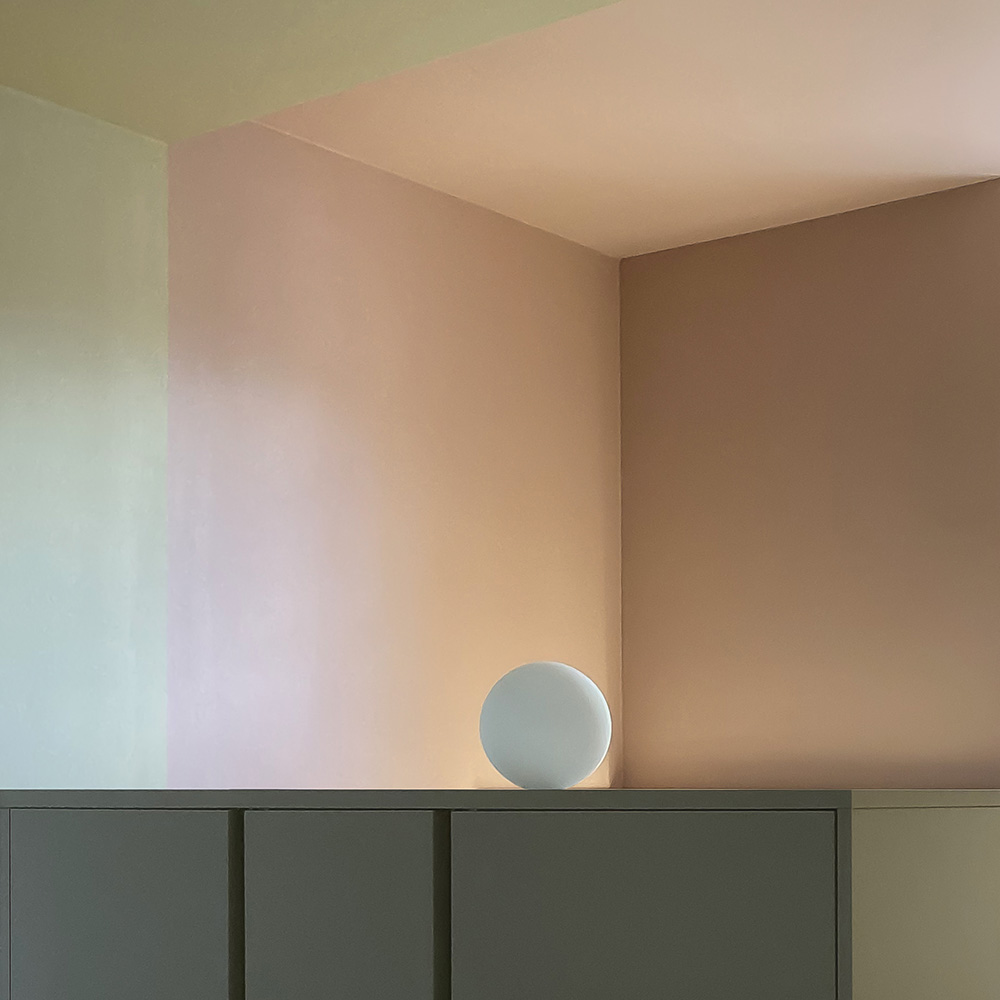
Memories for Cruising
Greens and pink colour fields.
Parma, 26 May 2021
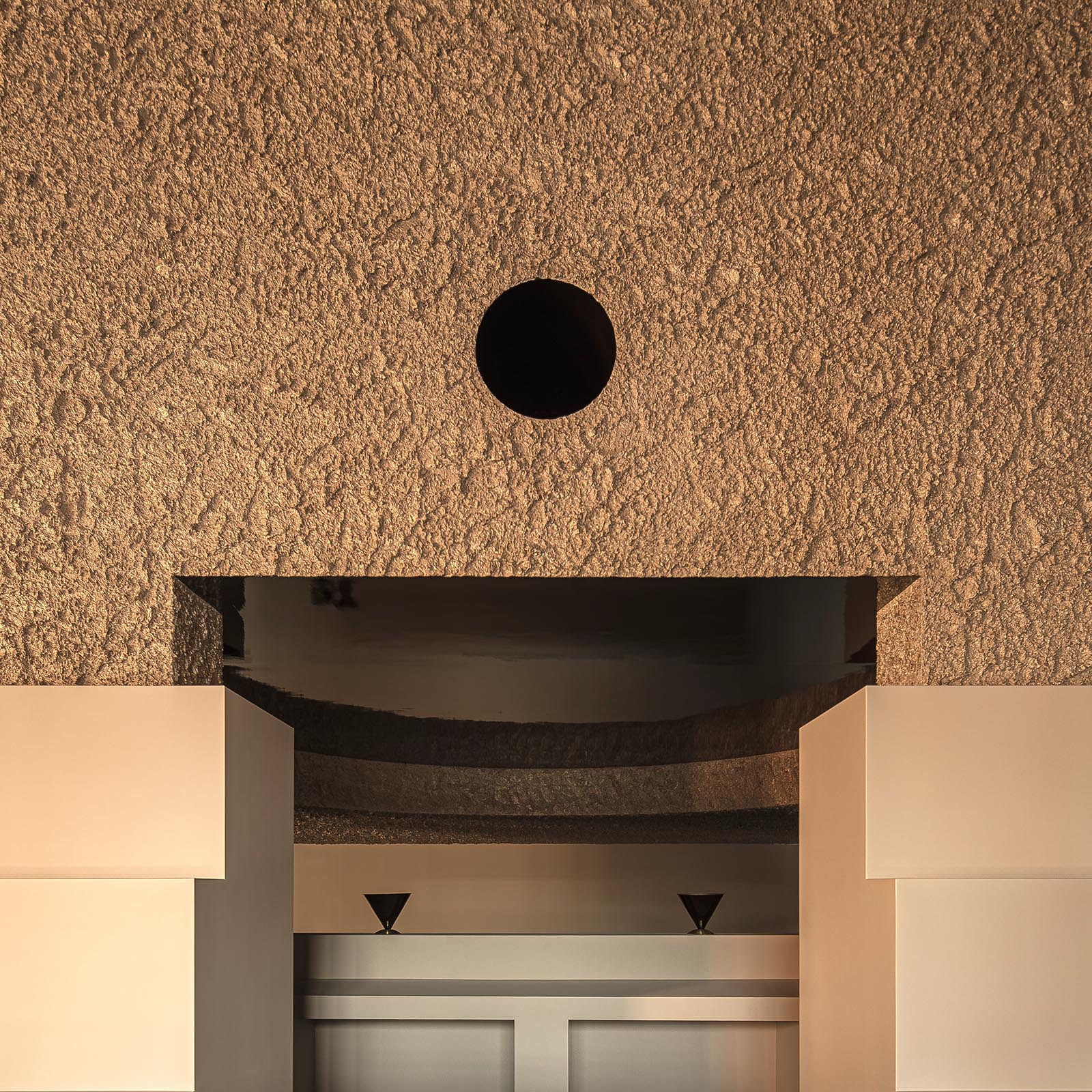
Paradiso
Gold, black and grey colour fields.
Rome, 21 June 2018
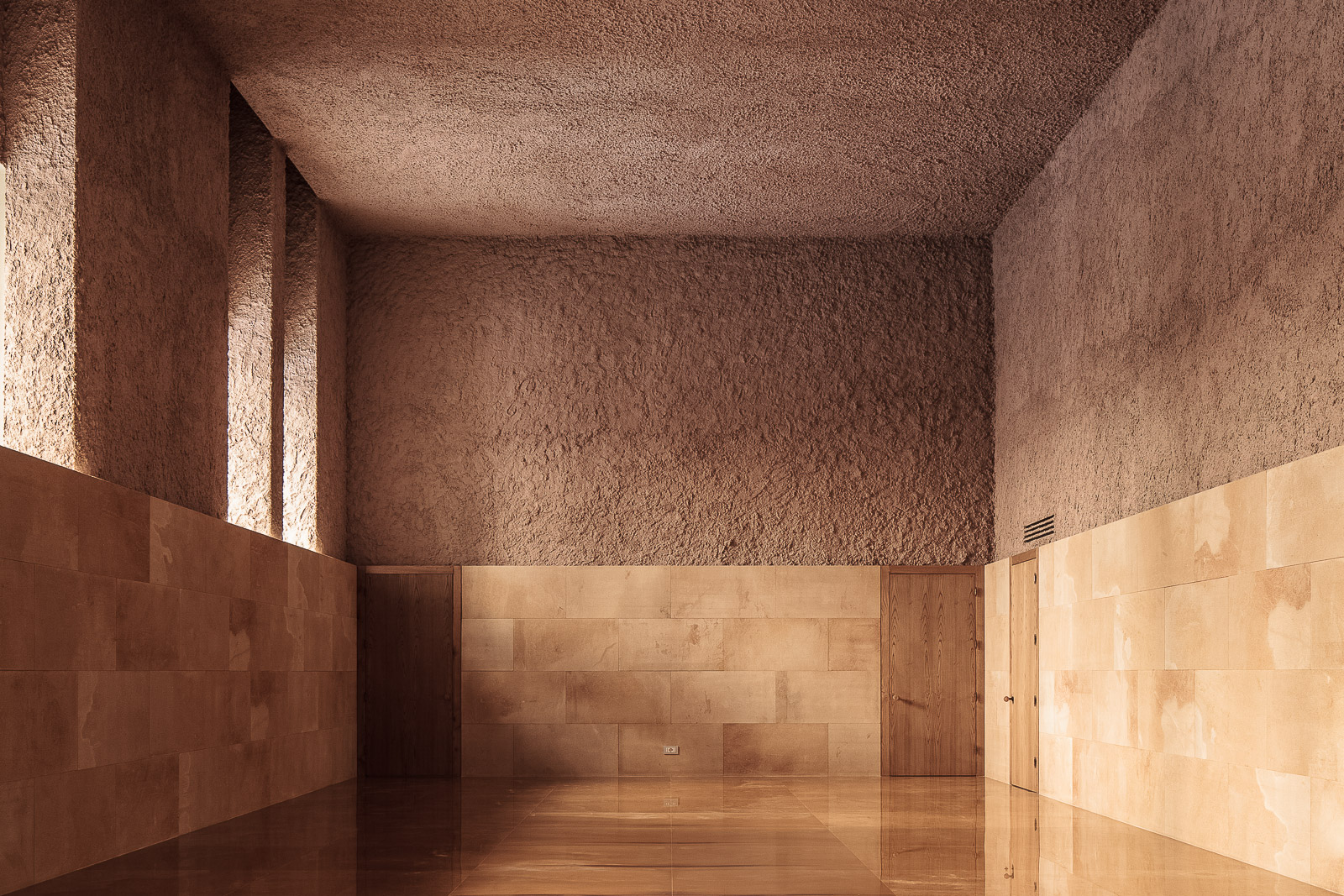
Specus Corallii
Pink and orange colour fields.
Trapani, 27 August 2016
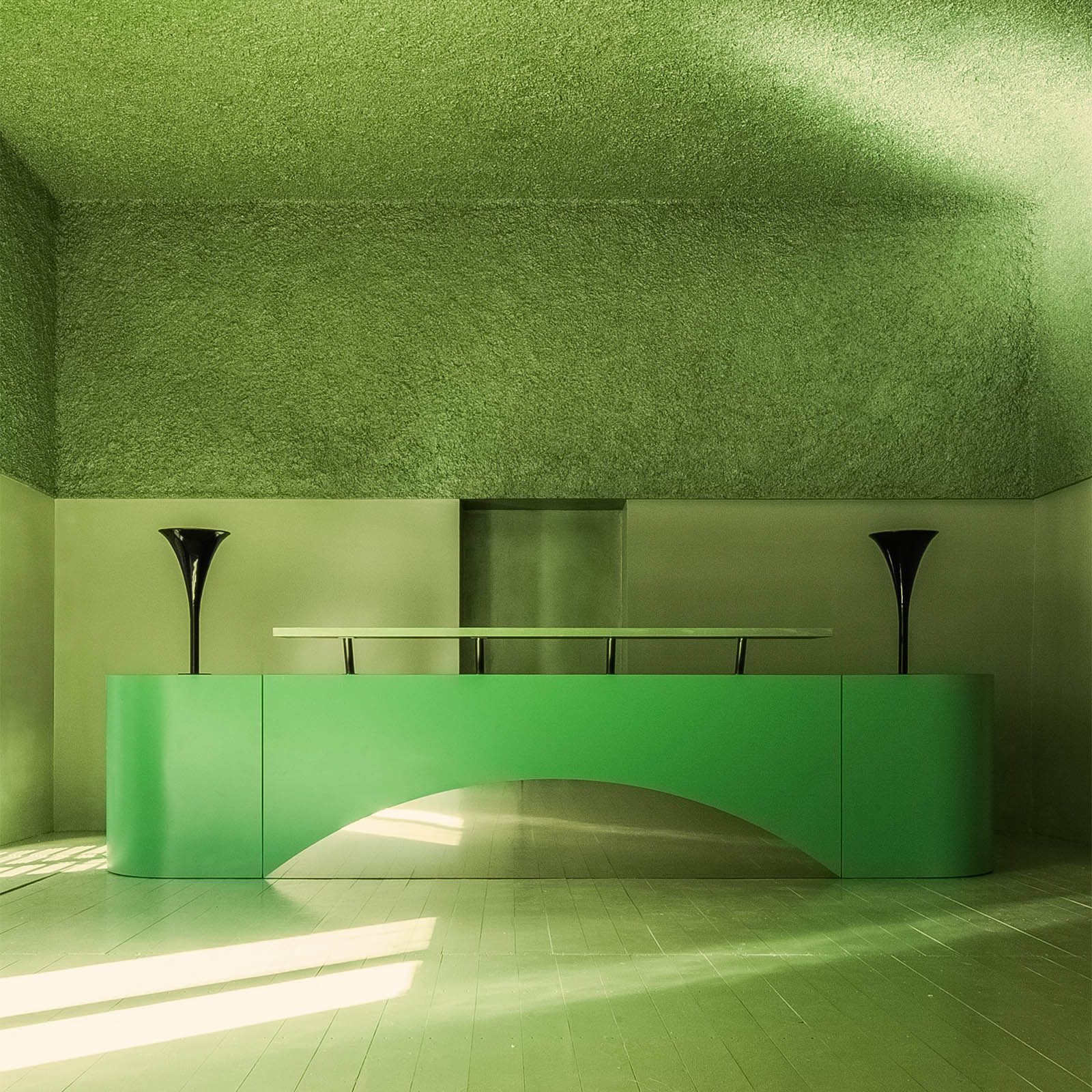
Crepuscular Green
Greens colour fields.
Rome, 29 April 2014
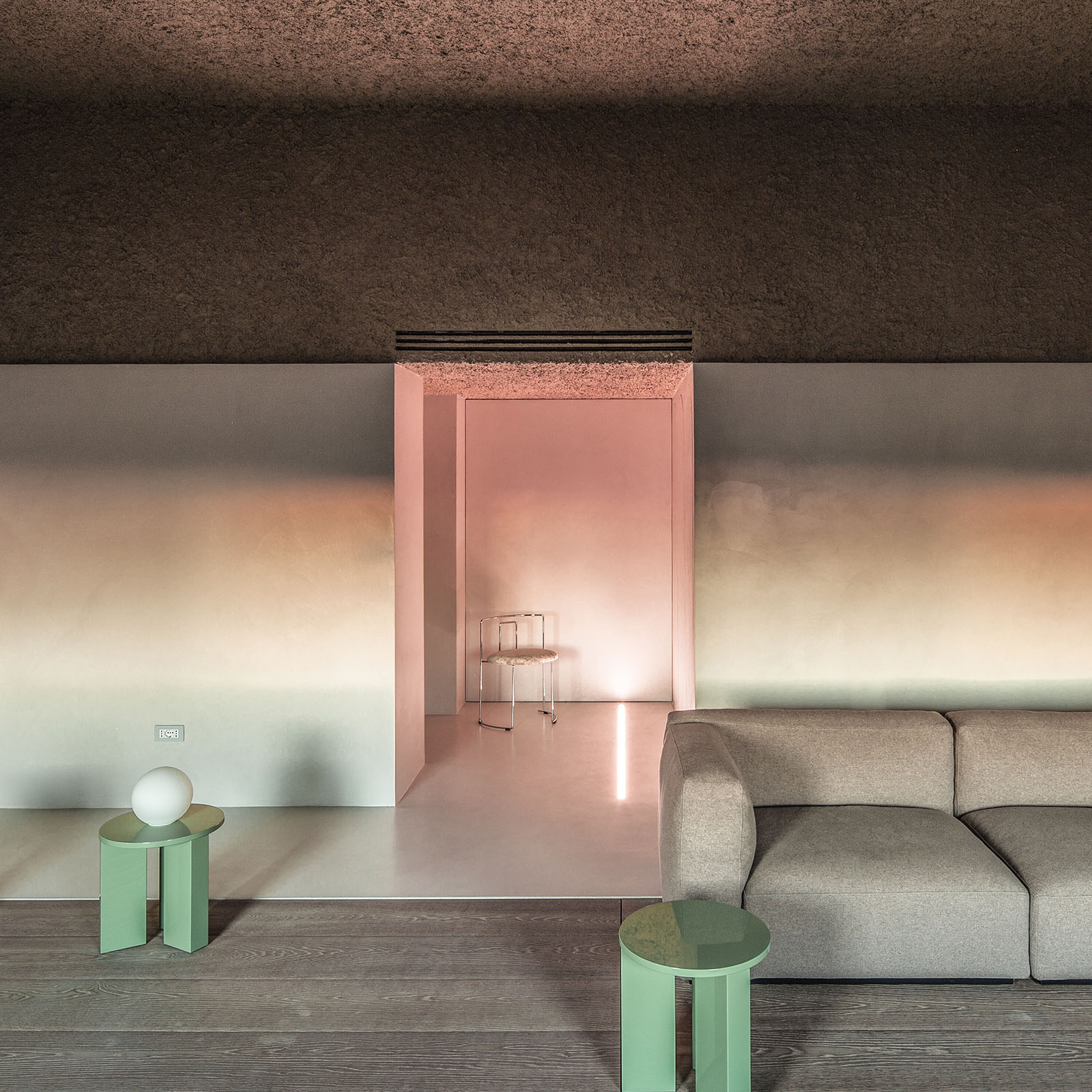
House of Dust
Brown and beige colour fields.
Rome, 16 April 2013
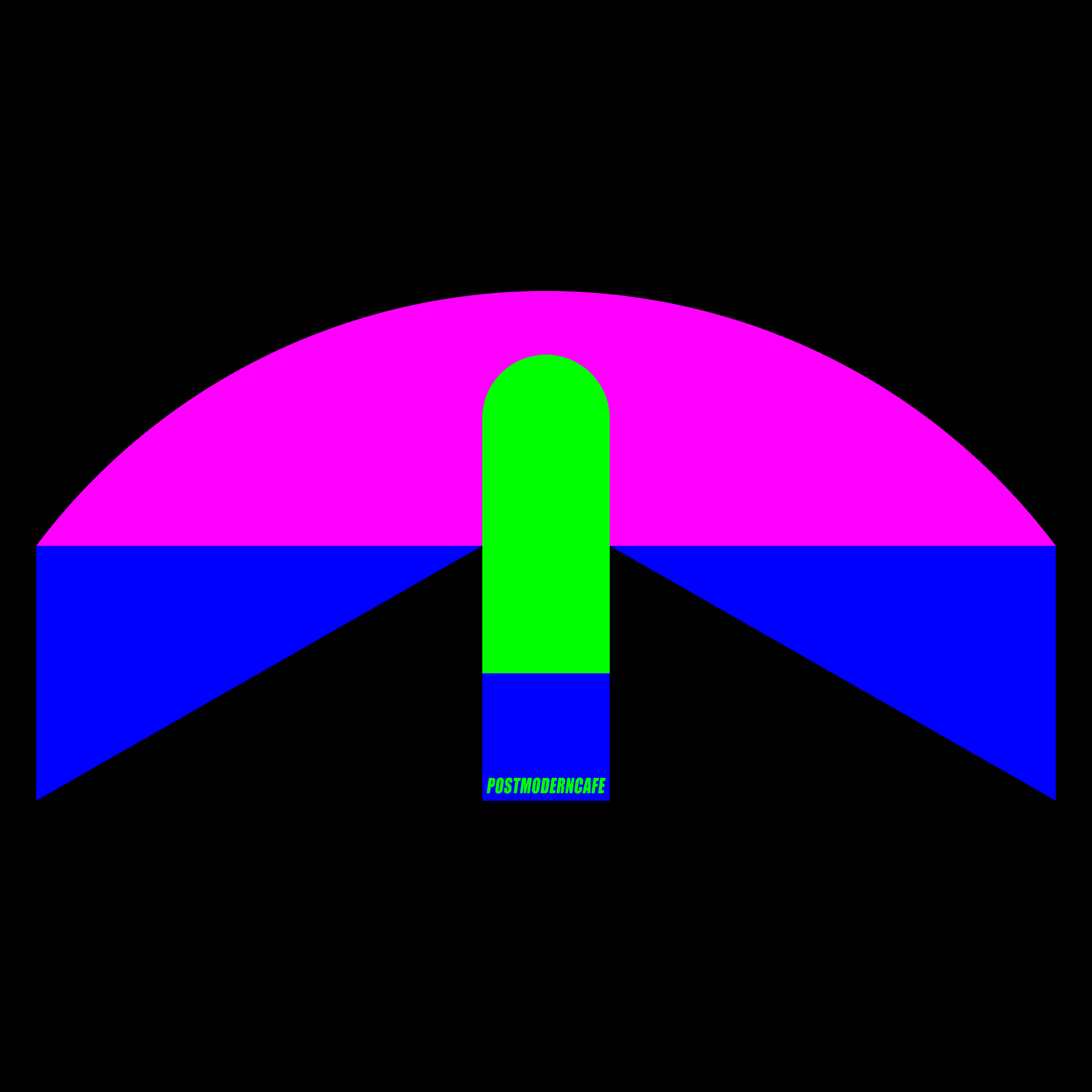
Postmodern Cafe
Blue, magenta, green and yellow colour fields.
London, 6 September 2011
Publications
2020 – 2013 (selected)
- India Block, ‘Ten pink interiors that range from rose blush to bright coral’, dezeen.com, London, 6 Oct. 2020.
- Evdoxia Karageorgi, Konstantina Vasileiadou, ‘Specus Corallii’, Architecture and Eroticism. An Imaginary Wandering, thesis, Tutor Apostolos Kalfopoulos, School of Architecture, Aristotle University of Thessaloniki, June 2019, pp. 80‑117.
- Kerstin Schultz, Hedwig Wiedemann-Tokarz, Eva Maria Herrmann, ‘Inherent color and material color [abstract]’, Thinking Color in Space, Birkhäuser, Berlin/Boston, Dec. 2018, pp. 314‑315, 342‑343.
- Antonino Cardillo, ‘Vaults, grottoes, arches and polychromy’, lecture part of ArchitekTOUR Kongress, STATION-Berlin, Berlin, 23 Nov. 2017.
- Trudie Carter, ‘10 of the most popular pink-hued interiors on Dezeen’s Pinterest boards’, dezeen.com, London, 7 Oct. 2016.
- Beppe Finessi, ‘Storie di altre stanze’, Stanze. Altre filosofie dell’abitare, exhib. cat., ed. Beppe Finessi, Marsilio, Milan, Sept. 2016, pp. 169, 283.
- Philippa Stanton, ‘Saturday…with scented reflections’, 5ftinf.com, London, 31 Oct. 2015.
- Jeanette Kunsmann, ‘Götterdämmerung in Rom’, designlines.de, BauNetz, Berlin, 24 Feb. 2015.
- Hannah Robinson, Aleksandra Szymanska, ‘Ephemeral spaces’, Anti-Materials, LS:N Global, London, 14 Aug. 2014.
- Louis Gérin, Grégory Lamaud, ‘Mash up’, Texworld Trend Spring Summer 2015, Messe Frankfurt, Paris, 2014, pp. 31, 61.
- Anonymous, ‘Data divination’, Homebuildlife Macro Trends Autumn/Winter 2015/16, WGSN, London, Nov. 2013.